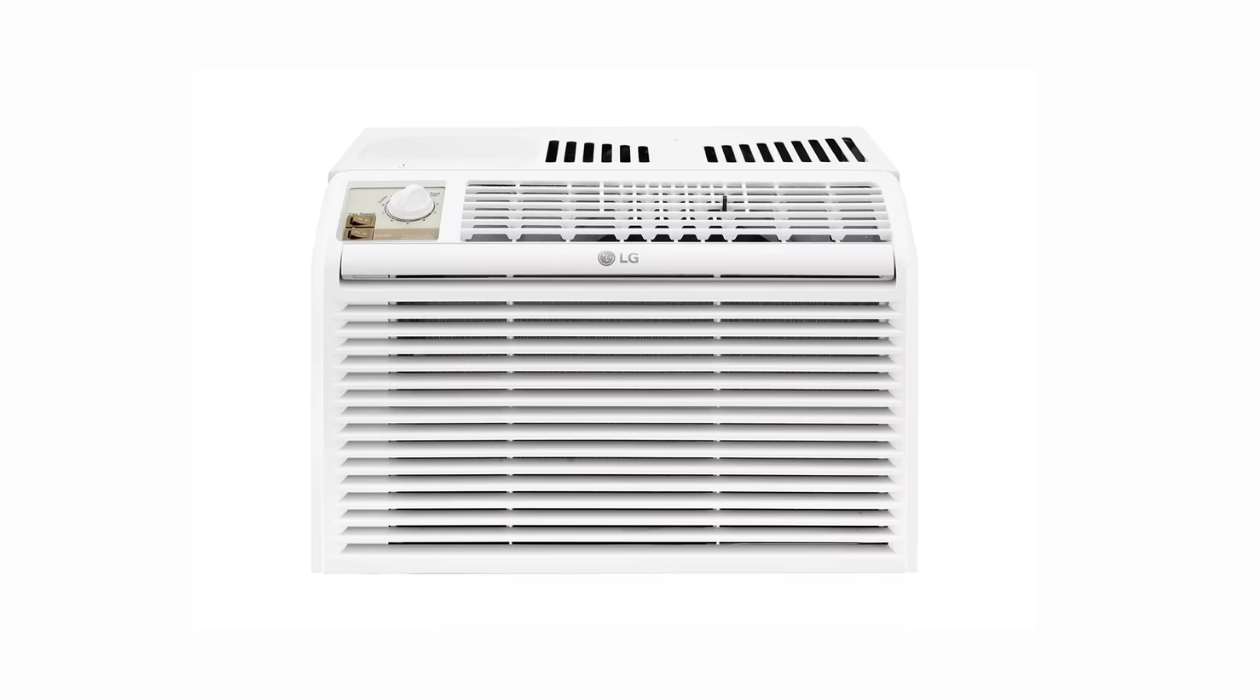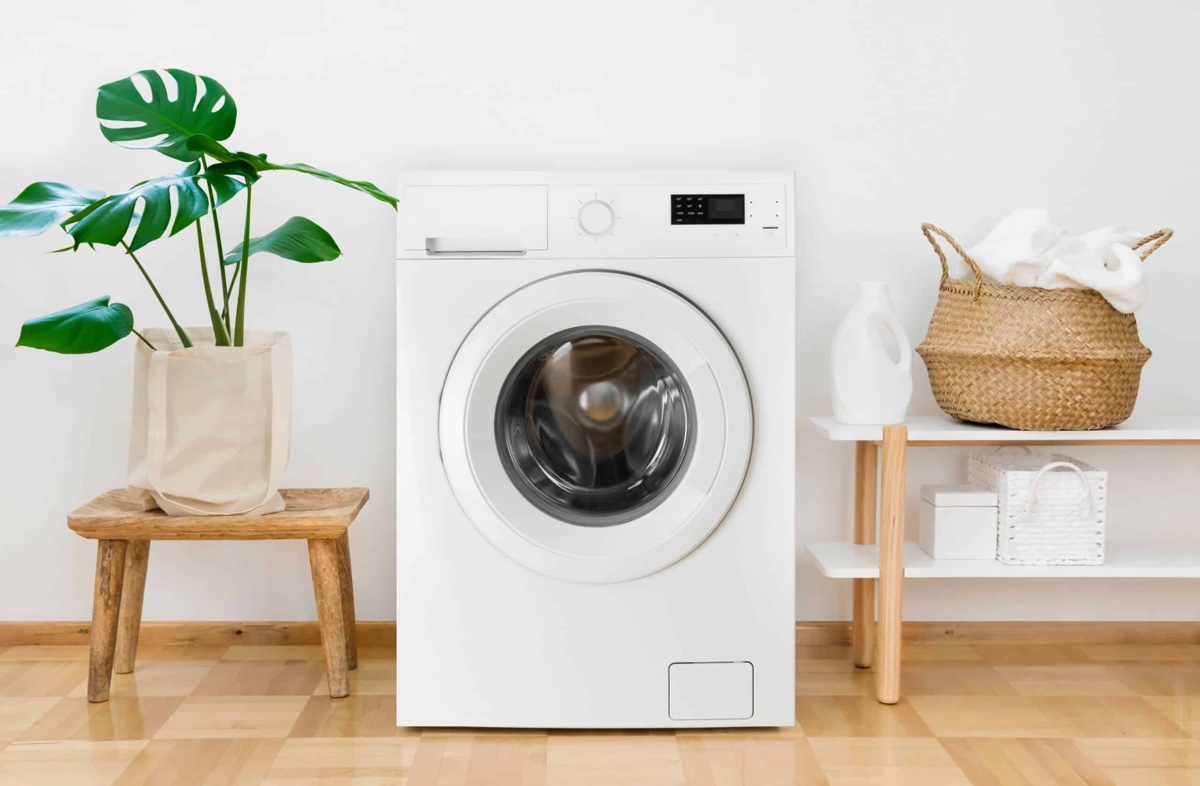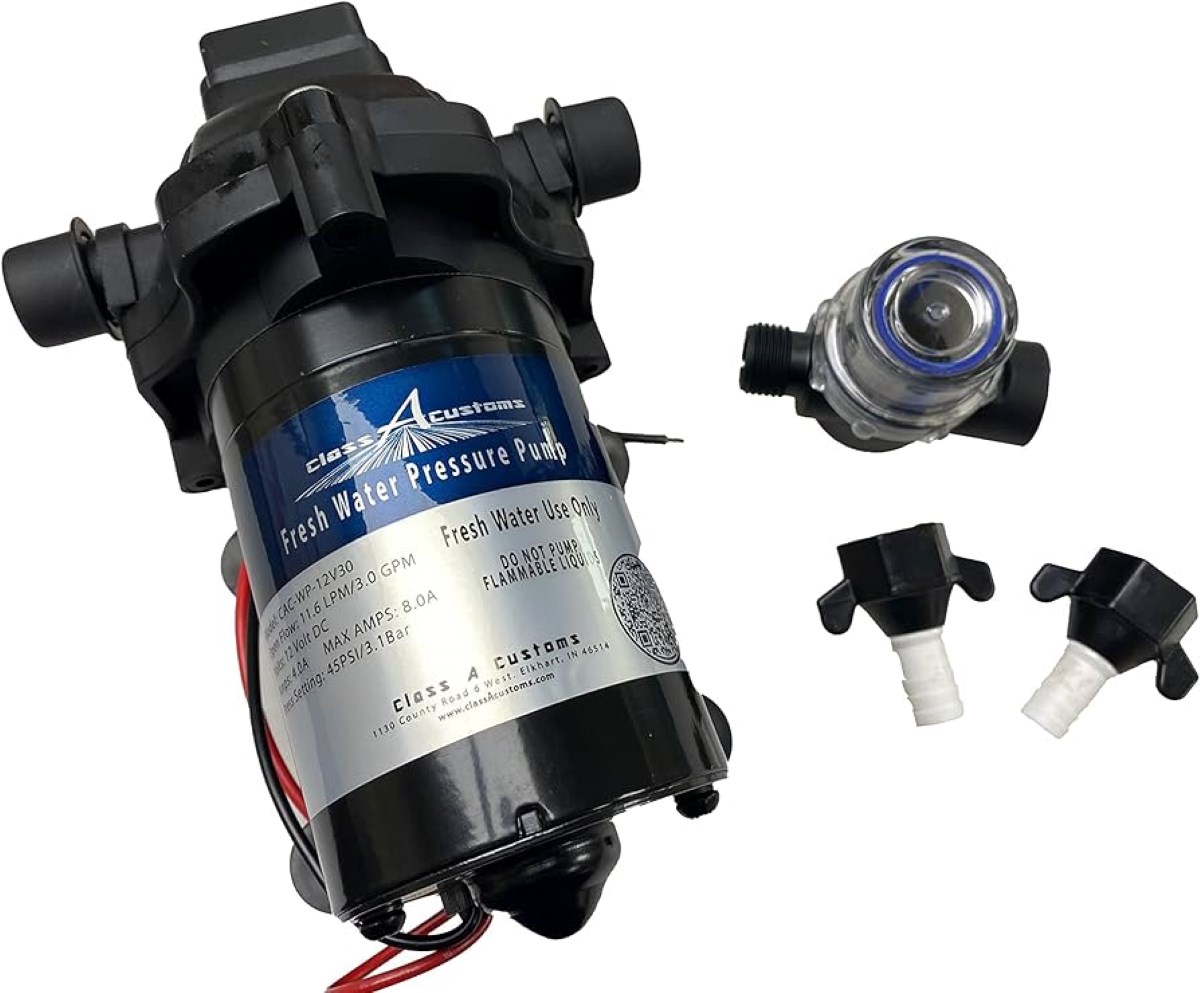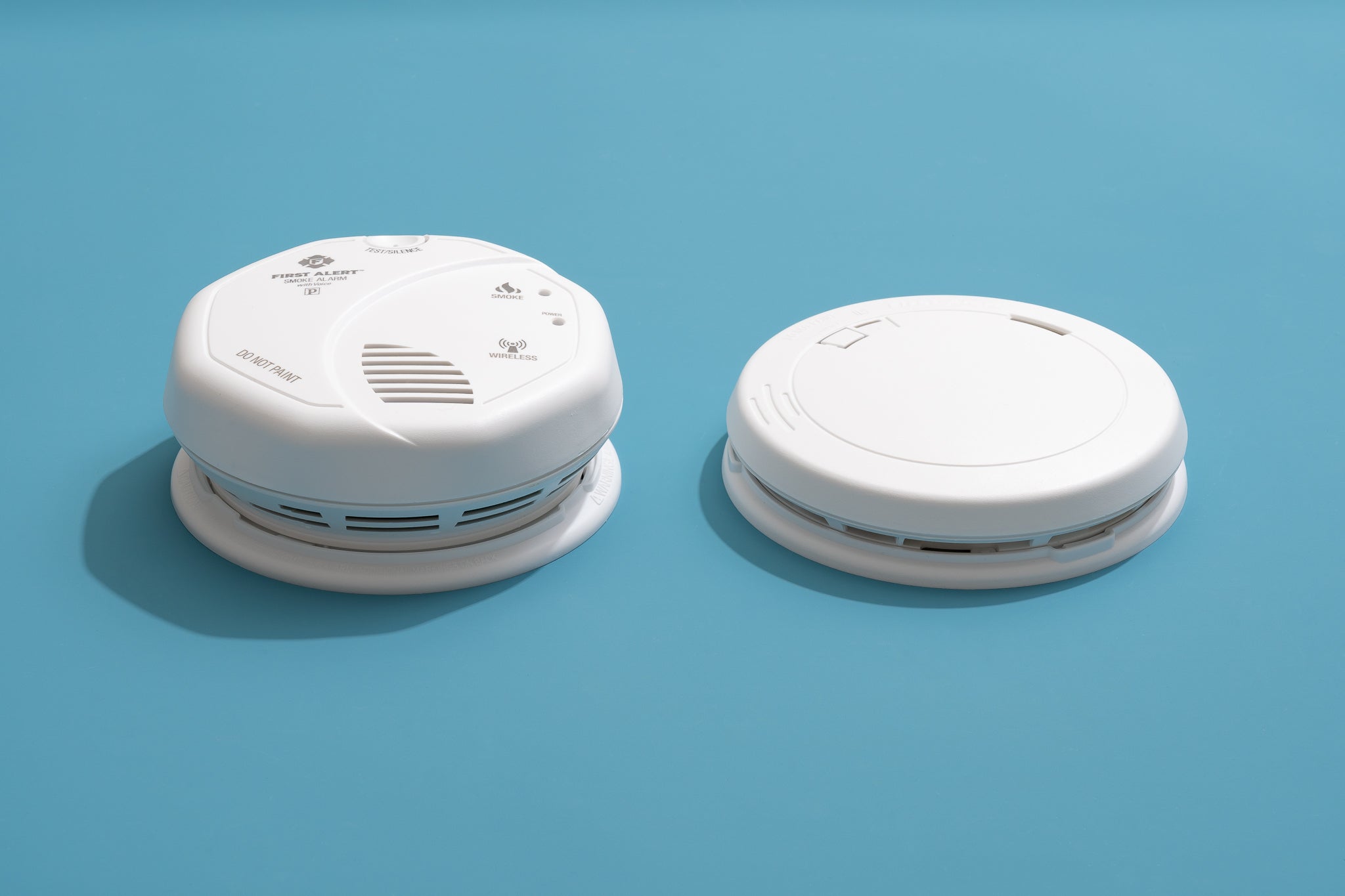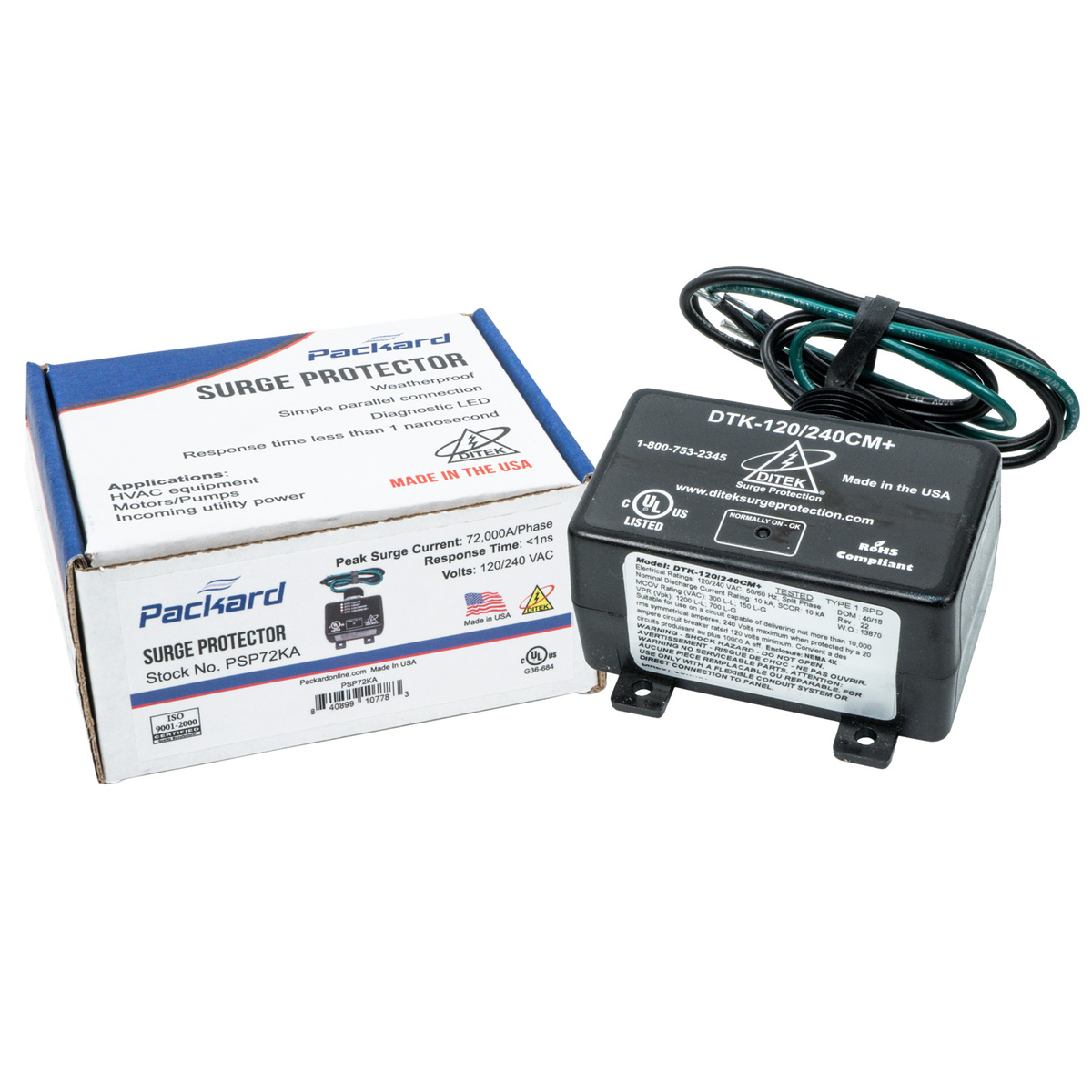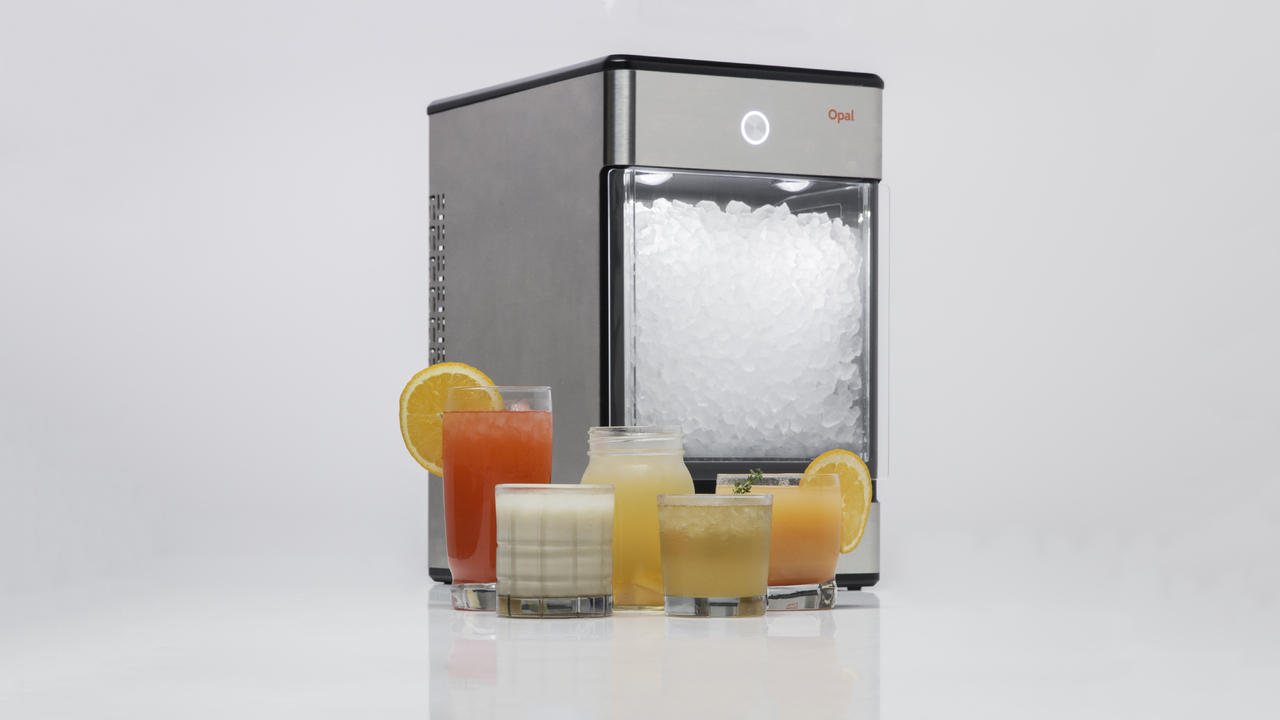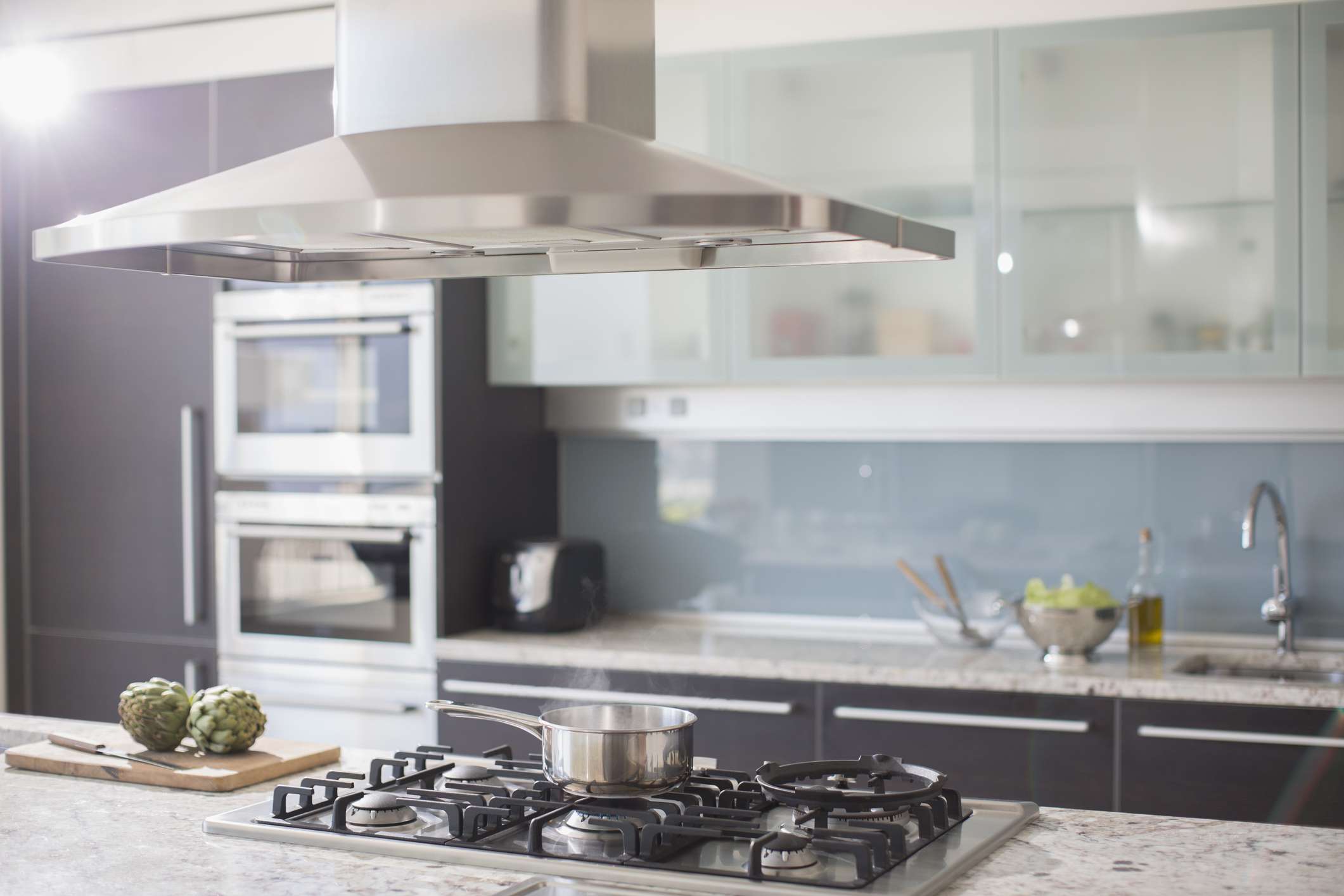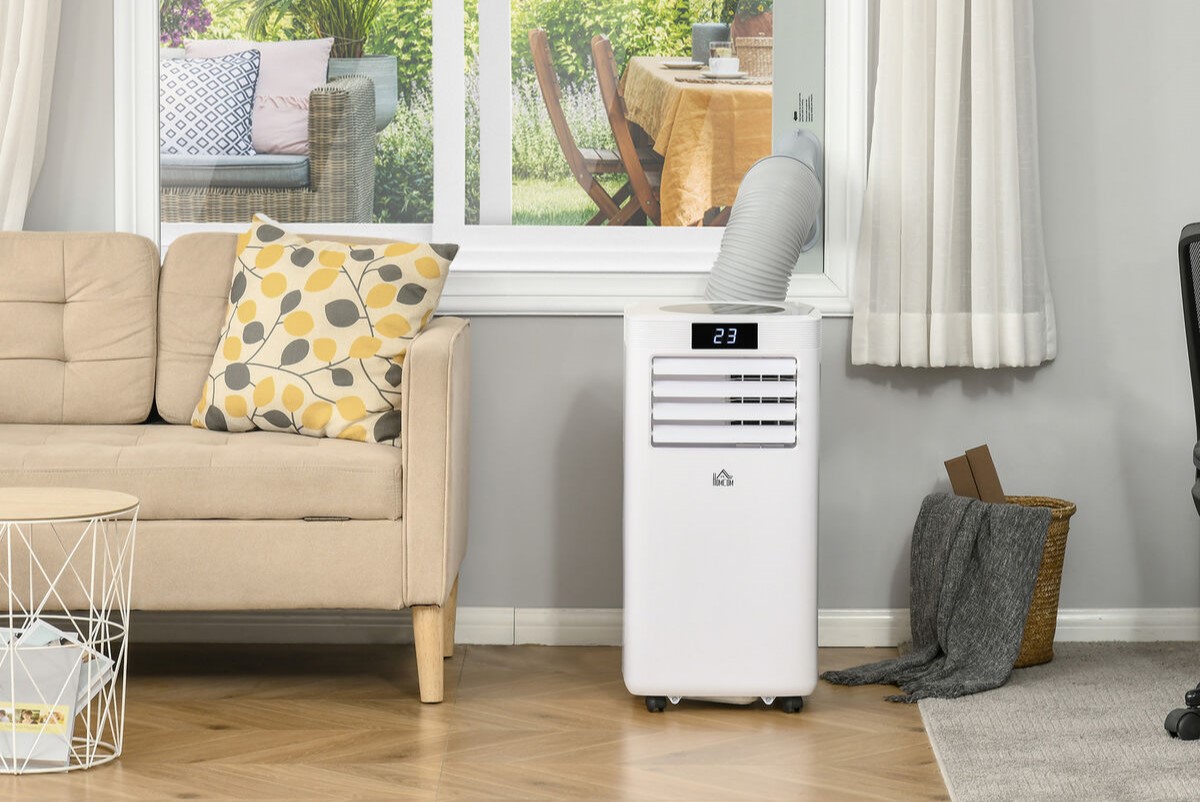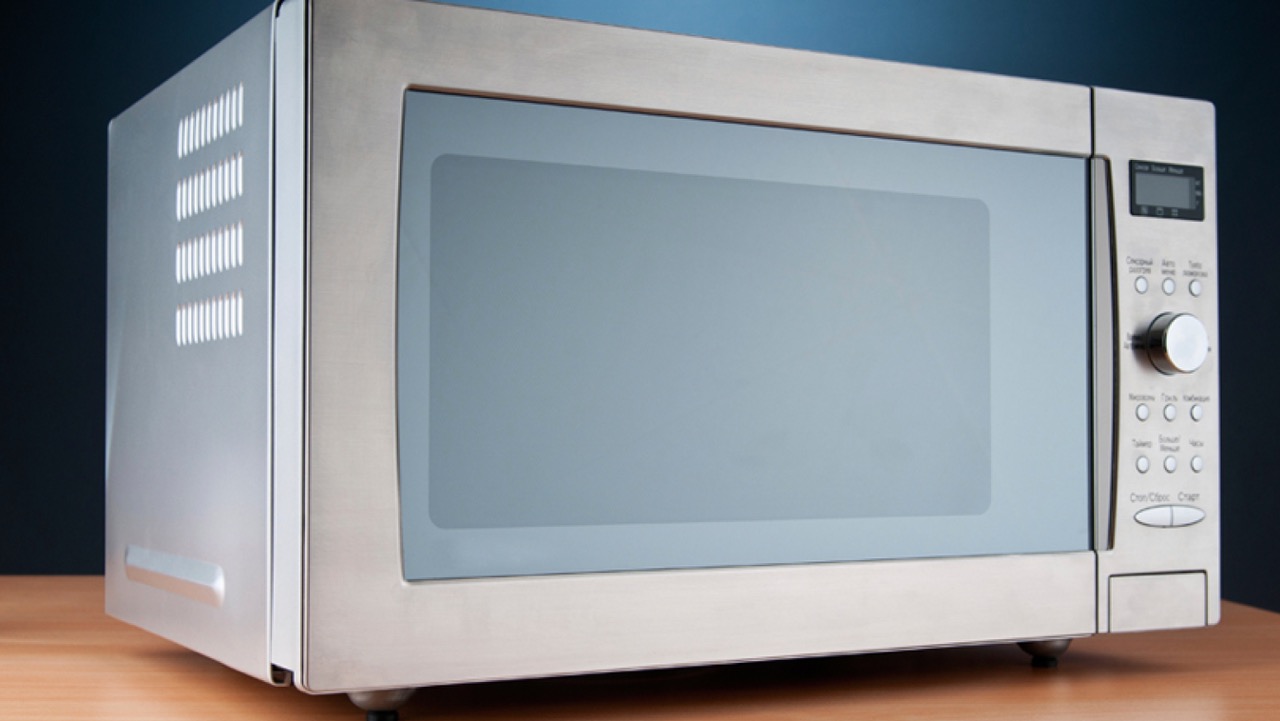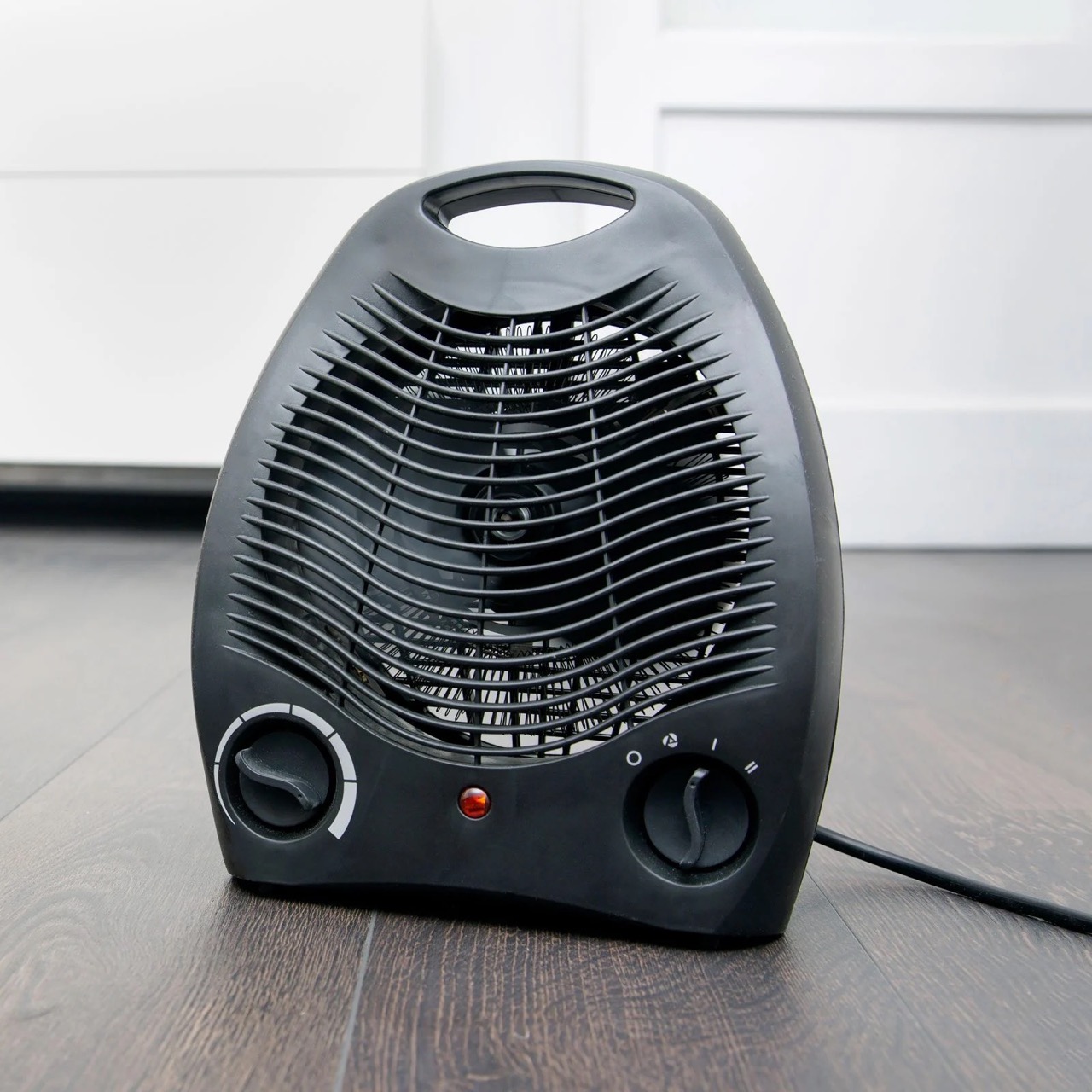Home>Furniture>Bedroom Furniture>How Many Amps Does An Air Mattress Pump Use
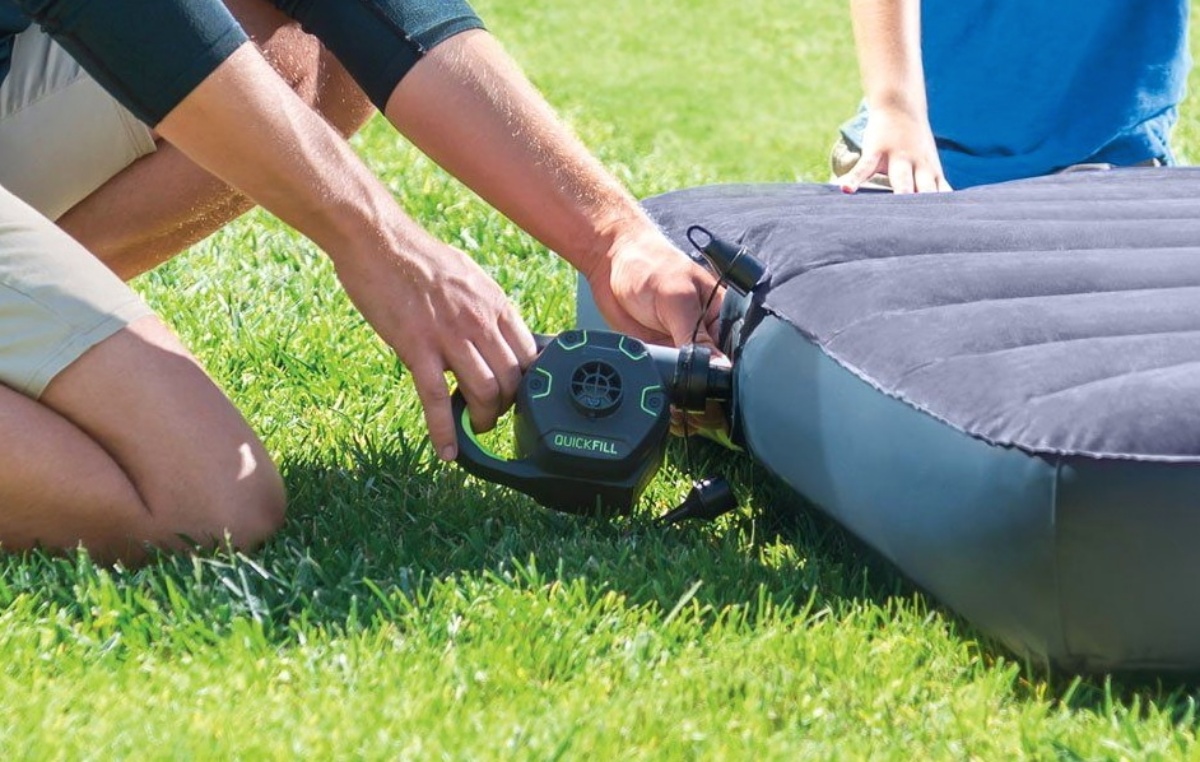

Bedroom Furniture
How Many Amps Does An Air Mattress Pump Use
Modified: August 23, 2024
Discover how many amps an air mattress pump uses in the bedroom furniture category. Stay informed before making your purchase.
(Many of the links in this article redirect to a specific reviewed product. Your purchase of these products through affiliate links helps to generate commission for Storables.com, at no extra cost. Learn more)
Introduction
An air mattress, also known as an inflatable mattress or air bed, provides a convenient and portable option for temporary bedding, whether you’re hosting guests, camping, or simply need an extra sleeping surface. One essential component of an air mattress is the air pump, which is used to inflate and deflate the mattress.
When it comes to air mattress pumps, a common question that often arises is, “How many amps does an air mattress pump use?” Understanding the amp usage of an air mattress pump is crucial for several reasons. It helps you choose the right power source, whether it be batteries, your car’s cigarette lighter, or an electrical outlet. It also determines how long it will take to inflate or deflate the mattress and helps to avoid any electrical overloads.
In this article, we will delve into the factors that affect the amp usage of air mattress pumps and explore the different types of pumps available in the market. We will also provide you with average amp usage figures for different pump types and offer tips on how to reduce amp usage.
So, if you’re curious about how many amps your air mattress pump consumes and want to make an informed purchase decision, read on! We’re here to provide you with all the information you need about amp usage and help you choose the most suitable pump for your needs.
Key Takeaways:
- Choose the right air mattress pump type based on your needs and preferences to optimize power usage and ensure convenience, whether it’s an electric, battery-operated, or manual pump.
- Reduce amp usage by opting for energy-efficient pumps, maintaining optimal firmness levels, and considering alternative options like manual or battery-operated pumps for minimal power consumption.
Read more: How Many Amps Does An RV Air Conditioner Use
Understanding Air Mattress Pumps
An air mattress pump is a device specifically designed to inflate and deflate air mattresses. It works by forcing air into or out of the mattress, depending on whether you’re setting it up or packing it away.
Air mattress pumps come in various shapes, sizes, and types, each offering different features and capabilities. The most common types of air mattress pumps include electric pumps, battery-operated pumps, and manual pumps.
Electric pumps are the most popular and convenient option. They are powered by electricity and can be plugged into a standard wall outlet or a car’s cigarette lighter socket. Electric pumps inflate and deflate air mattresses quickly, making them suitable for both indoor and outdoor use. They also offer the advantage of adjustable settings, allowing you to control the firmness of your mattress.
Battery-operated pumps, as the name suggests, are powered by batteries. They offer portability and versatility, as they can be used anywhere, even where there is no access to electricity. Battery-operated pumps are particularly useful for camping trips or when you’re on the go. However, it’s important to keep spare batteries on hand to avoid running out of power mid-inflation or deflation.
Manual pumps, on the other hand, rely on manual labor to inflate the mattress. They typically come with a hand or foot pump mechanism that requires physical effort to operate. Manual pumps are lightweight, portable, and do not require any power source. However, they can be time-consuming and require some physical stamina to fully inflate the mattress.
Before purchasing an air mattress pump, it’s crucial to consider your specific needs and preferences. Think about where and how often you plan to use the air mattress, as well as the level of convenience and speed you require. Additionally, take into account the availability of power sources or the need for portability.
Now that we have a basic understanding of air mattress pumps, let’s explore the factors that affect the amp usage of these pumps in the next section.
Factors to Consider for Amp Usage
Several factors come into play when determining the amp usage of an air mattress pump. Understanding these factors will help you estimate the power requirements of your pump and choose the appropriate power source.
1. Pump Type: Different types of air mattress pumps have varying amp requirements. Electric pumps typically consume more power than battery-operated or manual pumps. So, if you opt for an electric pump, it’s important to consider its amp rating.
2. Pump Size and Capacity: The size and capacity of the air mattress pump can also affect its amp usage. Larger pumps with higher inflation or deflation capacities tend to consume more power. It’s essential to check the specifications of the pump and ensure it is compatible with your power source.
3. Inflation Time: The time required to inflate the air mattress can impact the amp usage of the pump. If the pump inflates the mattress quickly, it may require more amps. However, keep in mind that an inefficient pump that takes longer to inflate might also consume more power over time.
4. Firmness Settings: Some air mattress pumps offer adjustable firmness settings, allowing you to customize the level of firmness of your mattress. Keep in mind that higher firmness settings may require more power, resulting in higher amp usage.
5. Ambient Temperature: The ambient temperature can also affect the amp usage of an air mattress pump. In colder temperatures, the pump may require more power to generate enough pressure to inflate the mattress. Conversely, in hotter temperatures, the pump may work more efficiently and consume less power.
It’s important to note that these factors may vary between different brands and models of air mattress pumps. Always refer to the manufacturer’s specifications and guidelines for accurate information regarding the amp usage of a particular pump.
Next, let’s explore the different types of air mattress pumps in more detail to understand their average amp usage.
Types of Air Mattress Pumps
There are several types of air mattress pumps available in the market, each with its own unique features and characteristics. Understanding the different types can help you choose the one that best suits your needs in terms of convenience, portability, and power requirements.
1. Electric Pumps:
Electric pumps are the most commonly used type of air mattress pump. They are powered by electricity and require a power source, such as a standard wall outlet or a car’s cigarette lighter socket. Electric pumps are typically fast, efficient, and easy to use. They often come with built-in features like adjustable firmness settings and automatic shut-off to prevent over-inflation. However, electric pumps tend to consume more power in terms of amps compared to other types.
2. Battery-operated Pumps:
Battery-operated pumps are extremely portable and do not require a power source. They are powered by batteries, making them ideal for camping trips or situations where electricity is not readily available. Battery-operated pumps offer convenience and versatility but may have limitations in terms of power and inflation time. It’s essential to ensure you have enough spare batteries for extended use.
3. Manual Pumps:
Manual pumps are the most basic type of air mattress pump. They require physical effort to operate, usually through a hand or foot pump mechanism. Manual pumps are lightweight, compact, and portable. They do not require any power source, making them ideal for outdoor activities or situations where electricity or batteries are unavailable. However, manual pumps can be time-consuming and require more physical exertion compared to electric or battery-operated pumps.
4. Built-in Pumps:
Some air mattresses come with built-in pumps, eliminating the need for a separate pump altogether. These pumps are usually electric and are integrated into the mattress itself. Built-in pumps offer convenience and streamlined operation as they eliminate the need for additional equipment. However, the amp usage of built-in pumps may vary depending on the specific model and brand.
It’s important to consider your specific needs and preferences when choosing the type of air mattress pump. If you value speed and convenience, an electric pump may be the best option for you. If portability and versatility are paramount, a battery-operated pump may be the way to go. And if you prefer a manual and eco-friendly approach, a manual pump might be the perfect choice.
Now that we understand the different types of air mattress pumps, let’s explore the average amp usage for each type in the next section.
When using an air mattress pump, check the product specifications or label for the amp usage. Most air mattress pumps typically use around 2-4 amps, but it can vary depending on the specific model.
Average Amp Usage for Different Pump Types
The amp usage of air mattress pumps can vary depending on their type, size, and specific model. It’s essential to have a general understanding of the average amp usage to help you determine the power requirements for inflating and deflating your air mattress. Here is a rough estimate of the average amp usage for different pump types:
1. Electric Pumps:
Electric pumps typically have an amp range of 1-5 amps. Smaller electric pumps that are designed for single-person air mattresses may operate at around 1-2 amps, while larger pumps used for queen or king-sized mattresses can range from 3-5 amps. Keep in mind that certain electric pumps with additional features, such as built-in LED lights or USB ports, may consume slightly more amps.
2. Battery-operated Pumps:
Battery-operated pumps usually run on disposable or rechargeable batteries. The average amp usage for battery-operated pumps can vary between 0.5-2 amps depending on the pump’s size and power requirements. It’s important to note that the amp usage may increase as the battery power depletes, affecting the inflation or deflation speed.
3. Manual Pumps:
Manual pumps do not require any electricity or batteries, as they rely solely on manual power. Since they operate without any electrical components, manual pumps have no amp usage. Instead, it’s essential to consider the physical effort and time required to fully inflate or deflate the air mattress using a manual pump.
4. Built-in Pumps:
Built-in pumps, being electric pumps integrated into the air mattress, have amp usage similar to standalone electric pumps. The amp usage for built-in pumps can range from 1-5 amps, depending on factors such as mattress size, firmness settings, and additional features.
Remember that these figures are average estimates and can vary depending on the specific brand, model, and other factors. Always refer to the manufacturer’s specifications and guidelines for accurate information on the amp usage of a particular air mattress pump.
Now that we have an understanding of the average amp usage for different pump types, let’s explore some tips for reducing amp usage in the next section.
Read more: How Many Amps Does Alexa Use
Tips for Reducing Amp Usage
If you’re concerned about the amp usage of your air mattress pump and want to minimize power consumption, here are some helpful tips:
1. Opt for Energy-Efficient Pumps:
When choosing an air mattress pump, look for models that are designed to be energy-efficient. These pumps are specifically engineered to provide sufficient airflow while minimizing power consumption. Energy-efficient pumps can help reduce the amp usage without compromising on the speed or quality of inflation or deflation.
2. Use a Power Source with Lower Amp Output:
If possible, consider using a power source with a lower amp output. For electric pumps, using a power outlet with a lower amp rating can help reduce power consumption. However, make sure the power source still meets the amp requirements of your pump to avoid potential damage or operational issues.
3. Inflate to the Optimal Firmness Level:
Over-inflating your air mattress can lead to unnecessary power consumption. To reduce amp usage, inflate the mattress to the optimal firmness level recommended by the manufacturer. This not only saves power but also ensures a comfortable sleeping surface.
4. Keep the Pump Clean and Well-Maintained:
Regularly clean and maintain your air mattress pump to keep it in optimal condition. A clean and well-maintained pump operates more efficiently, requiring less power to achieve the desired inflation or deflation. Follow the manufacturer’s guidelines on cleaning and maintenance to prolong the lifespan of your pump and reduce power consumption.
5. Avoid Over-Usage:
Using the air mattress pump excessively or for extended periods can lead to higher amp usage. Try to limit the pump operation time by inflating or deflating the mattress only when necessary. Avoid unnecessary cycles of inflation and deflation to minimize power consumption and increase the longevity of the pump.
6. Consider Manual or Battery-Operated Pumps:
If power consumption is a significant concern, consider using a manual pump or a battery-operated pump. Manual pumps do not require electricity, while battery-operated pumps offer the convenience of portability without the need for a power source. These alternative options can help reduce amp usage, especially in situations where power outlets or batteries are scarce.
By following these tips, you can effectively reduce the amp usage of your air mattress pump while still enjoying the convenience and comfort it provides.
Now that we’ve covered various tips for reducing amp usage, let’s conclude our article.
Conclusion
Air mattress pumps play an integral role in the inflation and deflation of air mattresses. Understanding the amp usage of these pumps is essential for choosing the right power source, estimating inflation time, and avoiding any electrical overloads. By considering factors such as pump type, size and capacity, inflation time, and firmness settings, you can get a better idea of the amp usage of your air mattress pump.
There are different types of air mattress pumps available, including electric pumps, battery-operated pumps, and manual pumps. Electric pumps are the most popular choice due to their convenience and adjustable settings, with an average amp usage range of 1-5 amps. Battery-operated pumps offer portability and versatility, typically consuming 0.5-2 amps. Manual pumps, while not requiring electricity, do require physical effort and time to fully inflate or deflate the mattress.
To reduce amp usage, opt for energy-efficient pumps, use a power source with lower amp output, inflate the mattress to the optimal firmness level, keep the pump clean and well-maintained, avoid over-usage, and consider alternative options such as manual or battery-operated pumps. These tips can help minimize power consumption without compromising on the performance of your air mattress pump.
Remember to always refer to the manufacturer’s specifications and guidelines for accurate information regarding the amp usage of your specific air mattress pump. Additionally, make sure to choose a pump that aligns with your needs, whether you prioritize speed, portability, or eco-friendliness.
In conclusion, understanding the amp usage of an air mattress pump is crucial for making informed decisions and ensuring efficient use of power. With the right knowledge and considerations, you can enjoy the convenience and comfort of your air mattress while minimizing energy consumption.
We hope this article has provided you with valuable insights into amp usage for air mattress pumps and has helped you make a more informed choice. Happy sleeping!
Frequently Asked Questions about How Many Amps Does An Air Mattress Pump Use
Was this page helpful?
At Storables.com, we guarantee accurate and reliable information. Our content, validated by Expert Board Contributors, is crafted following stringent Editorial Policies. We're committed to providing you with well-researched, expert-backed insights for all your informational needs.



